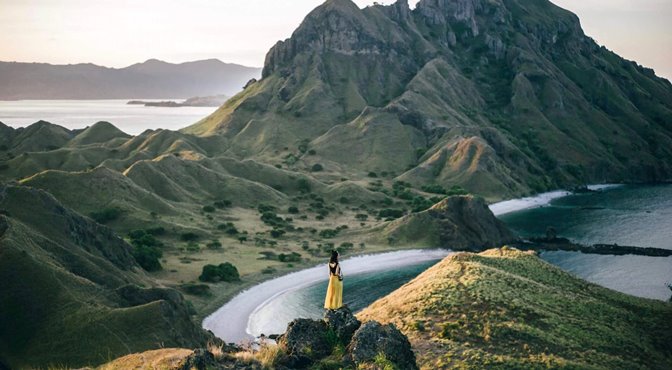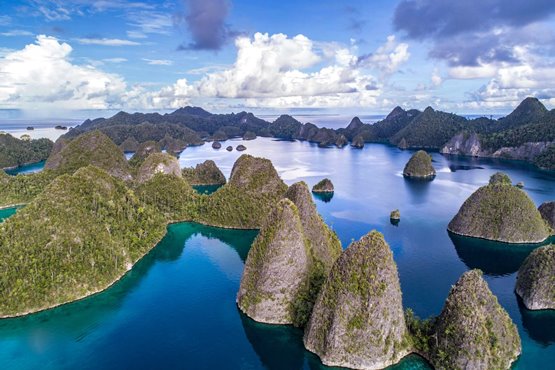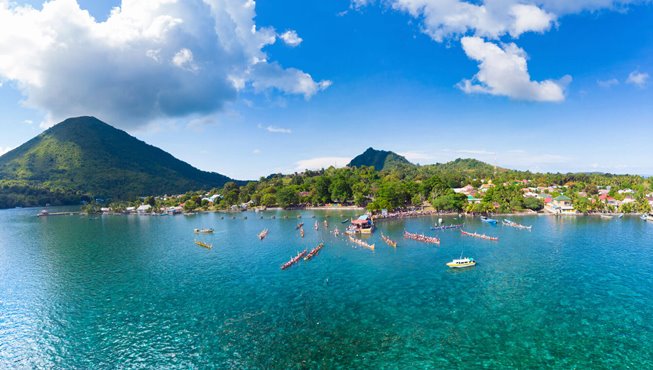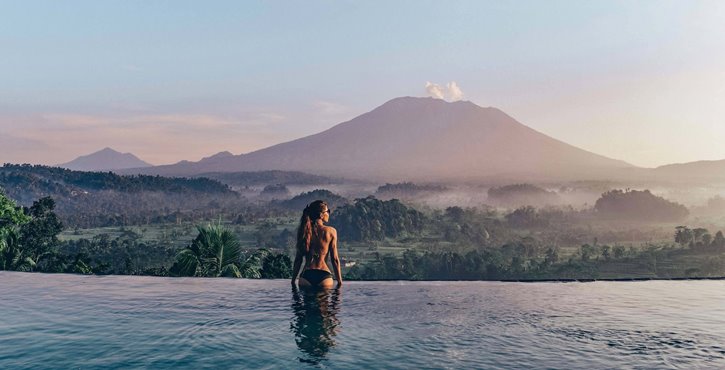
Kei islands review
Touted as “The Next Bali,” the cluster of pristine Kei Islands is a precious stone buried deep in Indonesia’s eastern frontier. They’re tucked away in the east of the Banda Sea, surrounded by beaches with some of the whitest, softest sand, including Pasir Panjang – said to be one of the best in the world. Difficult to reach, a journey to Kei is a spellbinding experience in itself, full of adventure, with tales of spirits and ghosts whispered by locals in their own language. Kei offers the ultimate tropical idyll with a wide mix of nature and culture; African-style bush, rainforest, skyscraping mountains, a buzzing harbor town, and intriguing history as part of the old Spice Islands. Kei is Indonesia in microcosm.
Kei Islands belong to the South Maluku province of Indonesia. The South Moluccas (also known as Forgotten Islands) is a 1,000 km chain of archipelagos, stretching from Timor to West Papua in the Banda Sea. If you are seeking a remote destination and explore uninhabited, pristine islands, then the aptly named Forgotten Islands is a dream come true. Kei archipelago is the last frontier of the Forgotten Islands, tucked away from a regular tourist route, and it can be challenging to reach the islands. But isn’t that the most beautiful part once you learn how many gems the Kei Islands hide?
Kei Archipelago is made up of 47 islands, including Kei Besar (Great Kei) and Kei Kecil (Little Kei), which connects by bridge to Kei Dullah. Kei Kecil serves as the first touchpoint for hopping around the islands. The town of Langgur (home to the airport) is mostly Catholic and lies on Kei Kecil, while Tual (home to the seaport) is primarily Muslim and lies on Kei Dullah. Both islands are extremely friendly and welcoming of the few travelers who find their way to this final exotic frontier before Indonesia’s West Papua. Kei Islands are culturally Austronesian, and the small communities that inhabit some of the other islands of the archipelago have strong beliefs in folklore and myths.
- AIRPORT Tual/ Langgur
- BEST TIME TO VISIT Apr - Nov



















